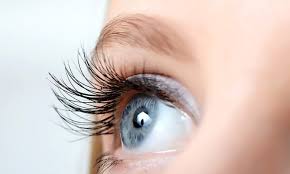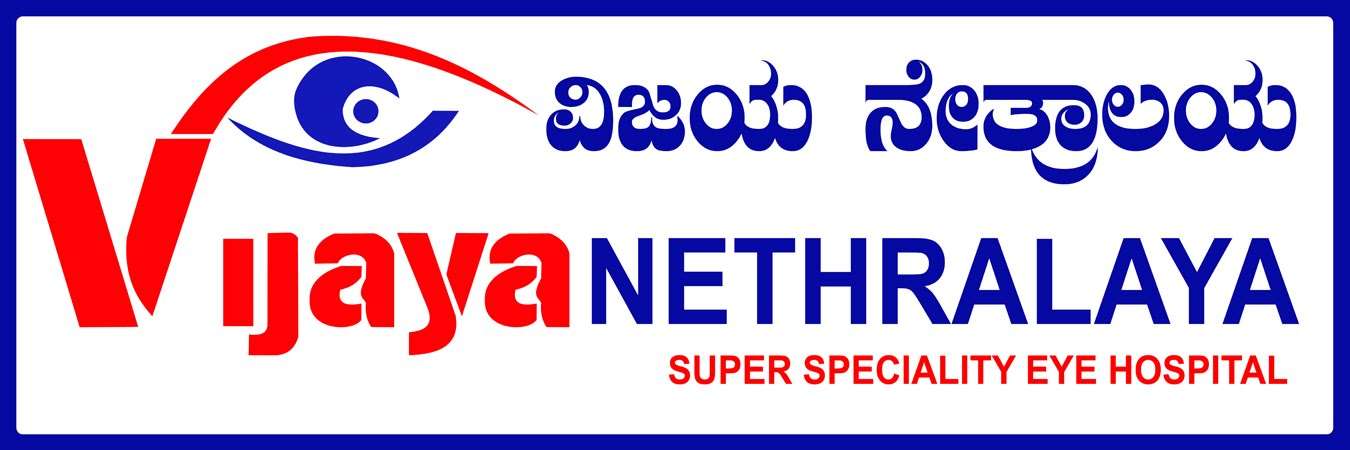Introduction to Vision Correction
The Growing Demand for Laser Eye Surgery
Let’s face it—glasses and contact lenses can be a hassle. Whether it’s the fogged-up lenses during a hot cup of tea or the discomfort of lenses drying out during a long workday, millions of people are seeking alternatives. That’s where laser eye surgery steps in.
Traditional LASIK vs. Modern Alternatives
While LASIK has been a trusted option for decades, newer technologies like SMILE (Small Incision Lenticule Extraction) are taking center stage. These procedures aim to give you crisp, clear vision—without the dependency on glasses or contacts.

What is SMILE eye surgery?
Full Form and Meaning of SMILE
SMILE stands for Small Incision Lenticule Extraction. This laser eye procedure is flapless and blade-free, specifically developed to correct conditions like nearsightedness (myopia) and astigmatism. It’s like LASIK’s cooler, younger cousin with some serious upgrades.
How SMILE Differs from LASIK and PRK
While LASIK creates a flap and PRK removes the surface layer of the cornea, SMILE uses a tiny incision (2-4mm) to remove a small piece of tissue called a lenticule. No flap, no large cuts—just precision at its best.
The Technology Behind SMILE (Femtosecond Laser)
SMILE relies on a femtosecond laser, which emits ultra-short pulses of energy to sculpt the lenticule inside the cornea. It’s so accurate, it’s like carving with light.
How SMILE Eye Surgery Works
Step-by-Step Procedure
- You lie down on the laser bed.
- A femtosecond laser creates a lenticule inside the cornea.
- A small incision is made.
- The lenticule is gently removed.
- Your cornea reshapes, correcting your vision.
All of this happens in just 10–15 minutes per eye. Amazing, right?
What to Expect During the Surgery
You’ll be awake the entire time, but don’t worry—numbing drops make sure you feel nothing. Most patients say it feels like a bit of pressure, but absolutely no pain.
Recovery Process Explained
You might feel a mild gritty sensation or watery eyes for the first few hours. But by the next day? You’re already reading your phone without glasses!
Advantages of SMILE Eye Surgery
Minimally Invasive Technique
SMILE uses a micro-incision instead of a flap. This means fewer complications, faster healing, and stronger corneal integrity.
Better Corneal Stability
Because no large flap is created, the structure of the cornea remains more stable. That’s particularly important for athletes or those in physically demanding jobs.
Reduced Risk of Dry Eyes
LASIK can sometimes lead to dry eye symptoms. SMILE lowers the risk by maintaining a greater number of corneal nerves throughout the procedure.
Fast Recovery and High Precision
Most people return to their daily activities within 24 to 48 hours. And the visual results? Sharp and consistent.

Who is an ideal candidate for SMILE?
Age and Prescription Requirements
- Age: Above 18
- Prescription: Typically for -1.00 to -10.00 diopters of myopia
- Astigmatism: Can treat up to -3.00 diopters
Corneal Thickness and Stability
To safely remove the lenticule, your cornea needs to have sufficient thickness. This will be evaluated through several tests conducted during your consultation.
Lifestyle Factors and Occupation
If you’re in sports, the military, or any job where eye trauma is a risk, SMILE is often safer than LASIK due to the absence of a corneal flap.
Risks and Limitations of SMILE Surgery
Common Side Effects
- Mild discomfort for 24 hours
- Blurry vision for the first day
- Sensitivity to light
These typically resolve quickly with proper aftercare.
Rare but Possible Complications
- Under- or over-correction
- Incomplete lenticule removal
- Infection (very rare if hygiene is maintained)
Situations Where LASIK Might Be Better
If you have
- Hyperopia (farsightedness) doesn’t treat it (yet)
- Very high astigmatism
- Thin corneas that don’t meet SMILE criteria
Comparing SMILE, LASIK, and PRK
| Feature | SMILE | LASIK | PRK |
|---|---|---|---|
| Flap Creation | No | Yes | No |
| Incision Size | 2–4 mm | ~20 mm | Entire surface |
| Dry Eyes Risk | Low | Medium | Low |
| Healing Time | 1–2 Days | 1–3 Days | 1 Week+ |
| Suitable for Active Lifestyle | Yes | With caution | Yes |
Preparing for SMILE Eye Surgery
Initial Consultation and Tests
This includes:
- Corneal mapping (topography)
- Measuring pupil size
- Checking tear film quality
- Prescription stability (no major change in the last year)
Pre-Surgery Instructions
- No contact lenses for a week prior
- Avoid makeup, lotions, or perfume on the day
- Arrange for someone to drive you home
Aftercare and Post-Operative Guidelines
Dos and Don’ts After Surgery
✅ Do:
- Use antibiotic and lubricating drops as prescribed
- Wear protective glasses for the first few days
- Rest your eyes frequently
❌ Don’t:
- Rub your eyes
- Swim or enter dusty environments for at least a week
- Skip your follow-up appointments
Follow-Up Visits and Healing Timeline
- Day 1: Basic check-up
- Week 1: Vision stabilizing
- 1 Month: 90% results
- 3-6 Months: Final clarity
Cost of SMILE Eye Surgery
Factors That Affect Pricing
- Surgeon’s expertise
- Location and hospital quality
- Technology used
- Post-op care included
On average, SMILE costs between ₹80,000 and ₹150,000 per eye in India.
Insurance and Financing Options
Since SMILE is considered an elective procedure, most insurance plans won’t cover it. However, many clinics offer EMI and zero-interest finance options.
SMILE Surgery for Special Cases
Military, Sports, and High-Risk Professions
No flap means no fear of flap dislocation, making SMILE ideal for those in contact sports or professions like
- Armed forces
- Aviation
- Firefighting
SMILE for Thin Corneas or High Myopia
While LASIK may be ruled out for thin corneas, SMILE’s precision often allows treatment in such borderline cases—with the doctor’s approval.
The Future of Refractive Surgery
Advancements in SMILE Technology
Research is ongoing to:
- Expand it to treat hyperopia
- Reduce incision size even further
- Combine AI-driven planning for personalized outcomes
AI and Custom Treatments
The future is smart. Expect AI-guided laser paths and fully customized procedures tailored to your eye’s unique shape and condition.
How to Choose the Right Surgeon for SMILE
Certifications and Experience
- Look for FICO or FAICO certifications
- Surgeons with 1000+ SMILE procedures under their belt tend to have better outcomes
Conclusion
SMILE eye surgery is more than just a medical procedure—it’s a lifestyle upgrade. Whether you’re tired of foggy lenses or want to boost performance at work or on the field, this advanced, minimally invasive, flapless surgery is paving the way for a clearer future. If you’re considering laser vision correction, SMILE could be your perfect match.
Author Details:
Dr. Sushruth Appajigowda holds a prominent position as a cornea, cataract, glaucoma, and LASIK surgeon in Bangalore. He serves as the chief cataract and refractive surgeon at Vijaya Nethralaya Eye Hospital, Nagarbhavi, Bangalore. Renowned as one of the finest LASIK surgeons nationwide, he brings with him over 12+ years of experience across multiple LASIK platforms, including ZEISS, ALCON, SCHWIND, AMO, and Bausch and Lomb. Having successfully conducted over 5000 LASIK procedures, Dr. Sushruth holds the title of a Certified Refractive Surgeon and a Fellow of the All India Collegium of Ophthalmology. Furthermore, he stands as a distinguished speaker at various national and international forums, using his expertise to guide you in selecting the most suitable procedure based on your health requirements.

http://vijayanethralaya.com/link-in-bio/
FAQs
1. How long does SMILE eye surgery take?
The procedure itself takes about 10–15 minutes per eye, with the laser portion lasting less than 30 seconds.
2. Can SMILE treat astigmatism?
Yes, SMILE can treat mild to moderate astigmatism, up to -3.00 diopters in most cases.
3. Is SMILE safer than LASIK?
In many cases, yes. Because the procedure doesn’t involve creating a flap, the chances of flap-related issues and dry eye symptoms are significantly reduced.
4. When can I resume work after SMILE?
Most people return to work within 1–2 days after surgery, especially if it’s a non-strenuous desk job.
5. Will I need glasses again after SMILE?
For most patients, no glasses are needed after surgery. However, around the age of 40–45, reading glasses may be required due to natural aging (presbyopia).
